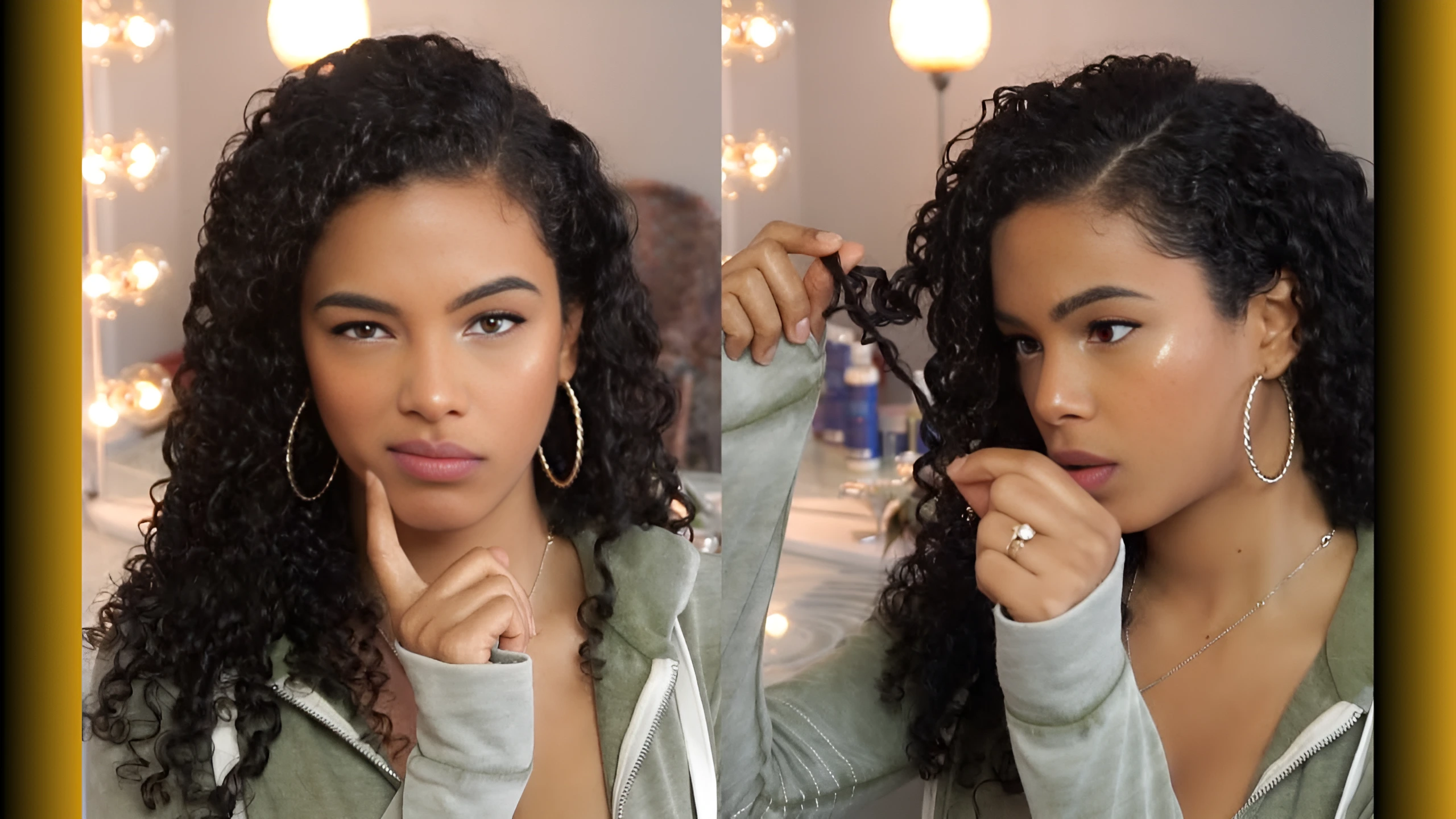Most individuals find it difficult to analyze why their hair is dry, frizzy, or difficult to manage. The secret may lie in a quite obvious and significant factor porosity. It helps to know your hair porosity as it can alter your daily hair care. Here we are going to explore the world of high porosity hair, test it and make it look good.
What is High Porosity Hair?
Having high porosity hair implies that your hair strands get wet very easily but rinse off very easily as well. This is as a result of gaps or curl up in what is termed as the cuticle which is an outer covering of the hair. The gaps do not trap moisture in but rather get into it through the gaps which can cause dryness and be damaged by it in the long run. This kind of hair can be caused by genetics or regularly styling, coloring and use of hot tools. Bleaching, flat ironing and blow-drying may make the cuticle weaker and more porous. Individuals of this hair type find it hard to maintain their hair lubricated even with moisturizing products.
Signs and Feel of Porous Hair
Hair with high porosity usually feels rough, dry, and often frizzy. It may break easily, tangle quickly, and feel hard to manage. This happens because the open cuticles let moisture escape, leaving the strands dry and weak. You might notice your hair dries very fast after washing, looks dull rather than shiny, and absorbs conditioners and oils immediately. This makes it tricky to tell if products are working since they disappear quickly into the hair but may not help retain moisture for long.
How to Know Your Hair Porosity Level
Testing your hair porosity at home is simple and quick. All you need is a clean strand of dry hair and a clear glass of room-temperature water. Place the hair strand into the water and observe what happens in the next few minutes.
| Hair Behavior | Porosity Level |
| Sinks quickly | High porosity |
| Floats in the middle | Medium porosity |
| Stays at the top for long | Low porosity |
If your hair sinks fast, it’s absorbing water rapidly but may not retain it. That shows you have high porosity hair. Understanding this helps you choose the right products and routine to improve moisture retention.
Daily Care Tips for Porous Hair
Caring for this type of hair focuses on two key goals: locking in moisture and protecting the hair cuticle. Products with heavy ingredients like butters and oils work best. These fill in the gaps between cuticles and create a seal to hold moisture longer. Use shampoos that are sulfate-free and rich in proteins or nourishing oils. After shampooing, apply a thick conditioner with ingredients such as shea butter, coconut oil, or honey. Deep conditioning once or twice a week also helps strengthen hair and reduce frizz.
| Product Type | Ingredients to Look For |
| Shampoo | Keratin, argan oil, almond oil |
| Conditioner | Shea butter, olive oil, honey |
| Deep Conditioner | Protein treatments, hemp oil |
You should rinse your hair with lukewarm water, not hot, as heat can open the cuticle even more. A cotton T-shirt can be used instead of a towel to gently dry the hair and prevent breakage.
How to Support Hair Growth with High Porosity
Hair growth is affected by the condition of your hair. It strands tend to break easily before they can grow long. That’s why keeping your hair hydrated and protected is important for length retention. Use leave-in conditioners and sealing oils daily. Avoid high heat tools or use a heat protectant if styling. Products with castor oil or jojoba oil can nourish the scalp and support growth. Washing hair with gentle, moisturizing cleansers and trimming split ends every 6-8 weeks also helps. Limiting the use of styling chemicals or bleach helps keep your cuticles intact. Also, detangle with a wide-tooth comb starting from the ends and working upward. These steps reduce breakage and help hair grow longer over time.
Low vs High Porosity Hair Explained
Understanding the difference between low and high porosity helps tailor your hair care approach. The main factor is how your cuticles behave when exposed to moisture. Low porosity hair has tightly packed cuticles that block moisture, while highly porous hair has gaps that lose moisture quickly.
| Feature | Low Porosity | High Porosity |
| Water Absorption | Slow | Fast |
| Moisture Retention | Good | Poor |
| Drying Time | Long | Very short |
| Breakage Risk | Low | High |
Each porosity type has unique care needs. Low porosity needs light, water-based products that can penetrate the hair. It needs heavy, oil-based products that seal in moisture.
Final Thoughts
Having high porosity hair means your strands need extra care to stay moisturized and strong. Once you understand what is high porosity hair, it’s easier to create a hair care plan that works for you. Consistent moisture, gentle care, and the right products are the foundation. Remember, the key to managing porous hair is sealing the cuticle and avoiding damage. Over time, this can reduce breakage and improve hair texture. Knowing where your hair falls in the low vs high porosity hair scale is essential.
Using simple routines, heavy conditioners, and avoiding heat can change how your hair looks and feels. Stick with a routine and be patient healthy hair takes time and care to grow and shine.
Read Our More Blogs:- Hospice vs Palliative Care: What’s the Difference?



